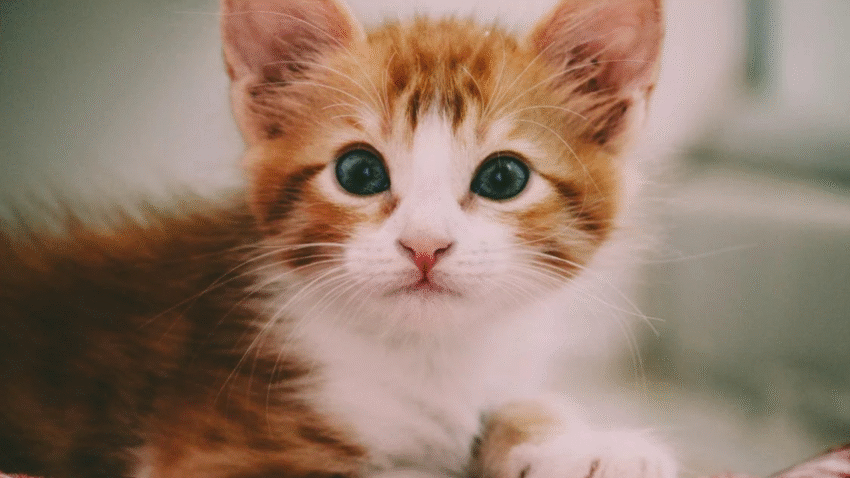Introduction
Bringing your cat home after surgery can be nerve-wracking—but with the right care and attention, their recovery can be smooth and stress-free. Whether your cat has been spayed or neutered, had a dental procedure, or undergone something more serious, this step-by-step guide will show you how to care for your cat after surgery. You’ll learn how to manage pain, monitor for complications, and create a healing environment for your feline friend.
If you’re feeling anxious about post-op care, don’t worry—this guide has everything you need.
Why Post-Surgery Care Is So Important
Even minor procedures require proper aftercare to prevent complications. Cats often hide pain or discomfort, so being proactive makes all the difference.
Here’s why good post-op care matters:
- Speeds up healing by reducing movement, stress, and infection risks
- Prevents complications like wound reopening, infections, or adverse reactions
- Keeps your cat comfortable during their most vulnerable time
- Helps you spot issues early so your vet can intervene if needed
The first 24–72 hours after surgery are especially critical—this is when most complications arise.
Step-by-Step Guide to Caring for Your Cat After Surgery
Follow these steps to ensure a safe and successful recovery.
1. Create a Safe, Quiet Recovery Space
- Prepare a warm, quiet room or confined area free from other pets or children.
- Use soft bedding and keep the area dimly lit.
- Avoid high perches or stairs—your cat should stay on the floor to prevent falls.
💡 Tip: A playpen, crate, or small bathroom can work well for short-term recovery.
2. Follow All Post-Op Instructions
- Your vet will provide written instructions for medications, feeding, activity, and wound care.
- Follow the schedule exactly—especially for pain relief and antibiotics.
- Call your vet if anything is unclear or if your cat’s behavior changes unexpectedly.
Don’t rely on Google or guesswork—your vet knows your cat’s unique case best.
3. Monitor the Incision Site
- Check the incision twice daily for:
- Swelling
- Redness
- Discharge
- Odor
- Missing stitches
- If you notice bleeding, pus, or your cat licking excessively, contact your vet immediately.
Avoid touching the wound unnecessarily and keep it clean and dry at all times.
4. Prevent Licking or Biting
- Most cats are sent home with an Elizabethan collar (e-collar) or recovery cone.
- If your cat won’t tolerate a cone, consider a surgical suit or inflatable collar.
- Never remove the cone unless you’re supervising—and don’t assume your cat won’t bother the wound.
Even a few minutes of licking can lead to infection or wound reopening.
5. Manage Pain and Medication
- Administer all medications as prescribed, even if your cat seems “fine.”
- Never give human medications (like Tylenol or ibuprofen)—they are toxic to cats.
- If your cat is drooling, vomiting, or unusually lethargic, contact your vet—it could be a reaction to medication.
Use treats or pill pockets to make giving meds easier, or ask your vet for liquid alternatives.
6. Encourage Eating and Drinking
- Your cat may be groggy and not interested in food right away—this is normal for 24 hours.
- Offer small portions of bland, easily digestible food if recommended.
- Keep fresh water nearby and monitor how much they drink.
- If your cat refuses food or water for more than 24 hours, call your vet.
Feeding by hand or warming the food slightly may help stimulate appetite.
7. Restrict Activity
- Limit jumping, running, and playing for at least 7–10 days (or as instructed by your vet).
- Keep them indoors and confined to a small space with minimal stimulation.
- Avoid toys, cat trees, and interaction with other pets during this time.
Excessive movement can slow healing or tear stitches, especially with abdominal surgery.
8. Maintain Litter Box Hygiene
- Use low-sided litter boxes for easier access.
- Keep the box close to the recovery area to reduce movement.
- Avoid scented or dusty litter if your cat has an incision near the abdomen or paws.
You may need to use shredded paper or non-clumping litter temporarily to avoid contamination.
Common Mistakes to Avoid
Avoid these common post-surgical care errors:
- Letting your cat roam freely too soon
➤ Restriction is key to healing—no stairs, jumping, or rough play. - Not using the e-collar
➤ Licking wounds is one of the leading causes of infection and delayed healing. - Skipping medications
➤ Even if your cat seems okay, unfinished antibiotics or pain meds can lead to serious setbacks. - Ignoring subtle changes
➤ A small change in appetite, behavior, or posture may be an early sign of complications. - Feeding too soon
➤ Give your cat time to fully wake up from anesthesia before offering food.
Extra Tips & Recommendations
Here are a few more helpful strategies for a smooth recovery:
- Keep a recovery log: Track meds, appetite, litter box use, and behavior daily.
- Use calming pheromones: Products like Feliway can reduce stress and promote rest.
- Offer gentle affection: Sit near your cat or speak softly, but don’t pick them up unless necessary.
- Follow up with your vet: Most procedures require a recheck in 7–14 days to assess healing.
Need help with grooming after recovery? Check out our article How to Brush Your Cat’s Coat Without Causing Stress.
Conclusion
Caring for your cat after surgery may seem overwhelming at first, but a calm, clean, and consistent environment will make a world of difference. Stick to your vet’s instructions, monitor the incision site, and provide plenty of comfort and quiet time as your cat heals.
🐾 With your love and care, your cat will be back to their playful, purring self in no time.
